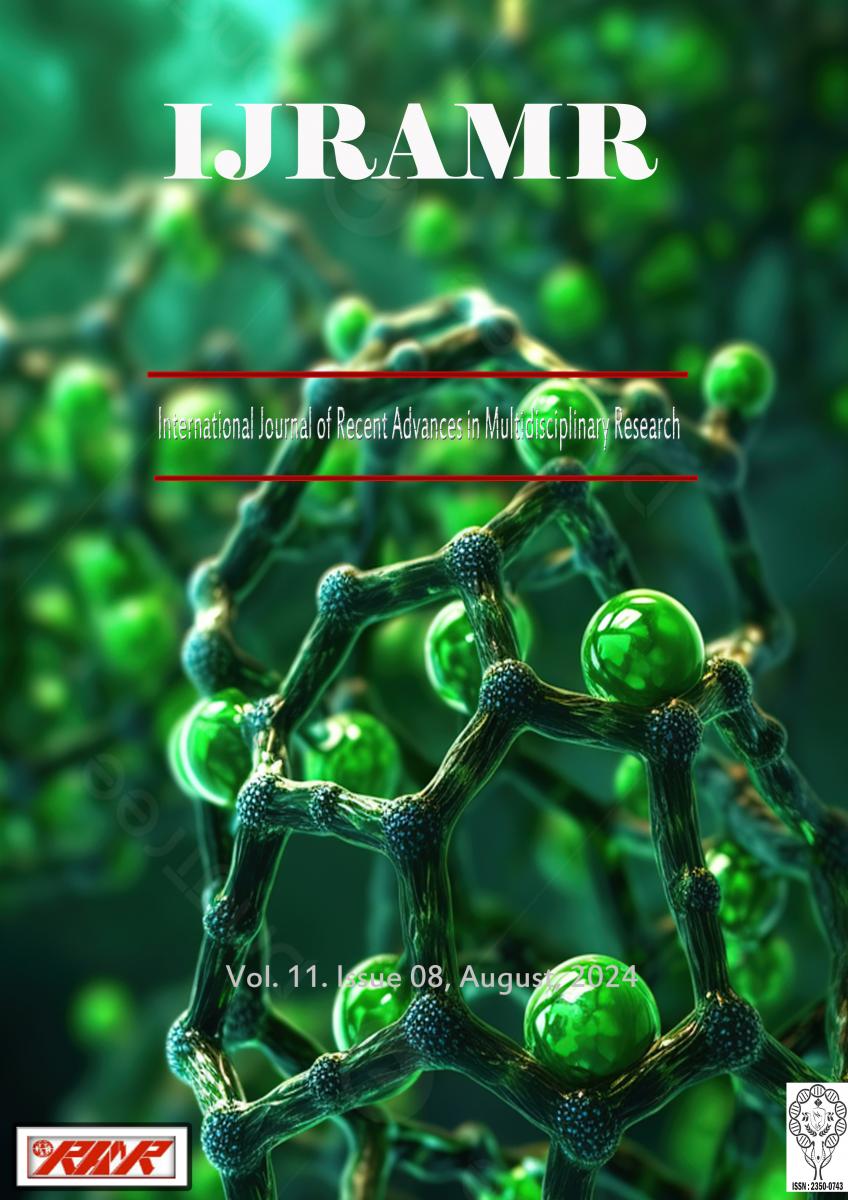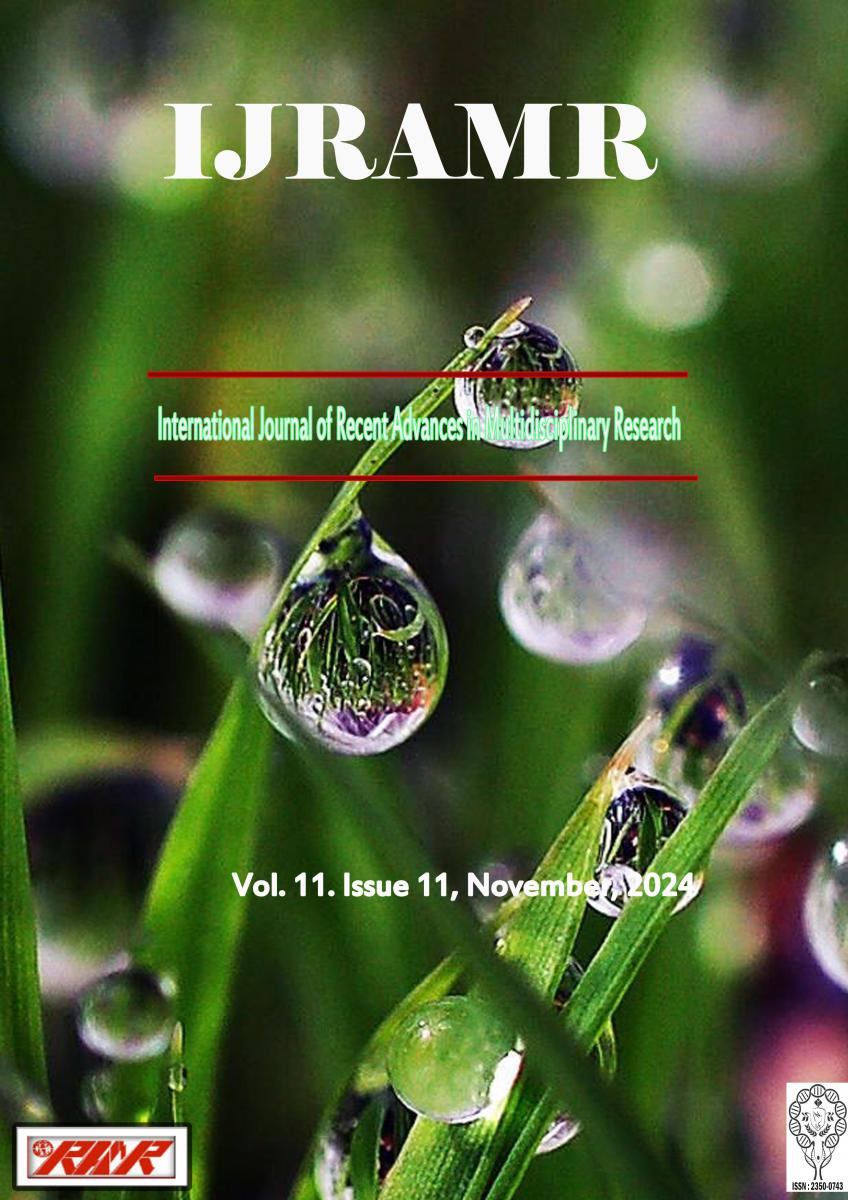A numerical model is developed to predict the material deformations and temperature histories in the friction stir welding (FSW) process. Based on the numerical ananlysis, the effects of the welding parameters on material deformation and temperatures are investigated for plain cylindrical and drill tool geometries. A numerical result predicts that the temperature can be increased with the increase of the rotating speed on the FSW process. In the same way the increase in the weld speed can also lead to the tangible increase of the input power. When the rotating speed becomes higher, the welding speed must be increased simultaneously to avoid any possible welding defect. The model shows that the heat is generated on the regions of the shoulder, lateral surface of pin and tip of the pin. The predicted high temperature exists on the shoulder surface. The temperature varation is analysed for the three different tool geometries and base metals using ANSYS 14. The temperature field and predicted by the simulation method are in good agreement with the results obtained by the ANSYS 14. As per the deformation analysis during the first impact of pin the drill tool geometry obviously got more deformation and there by results in increment of total heat flux.






